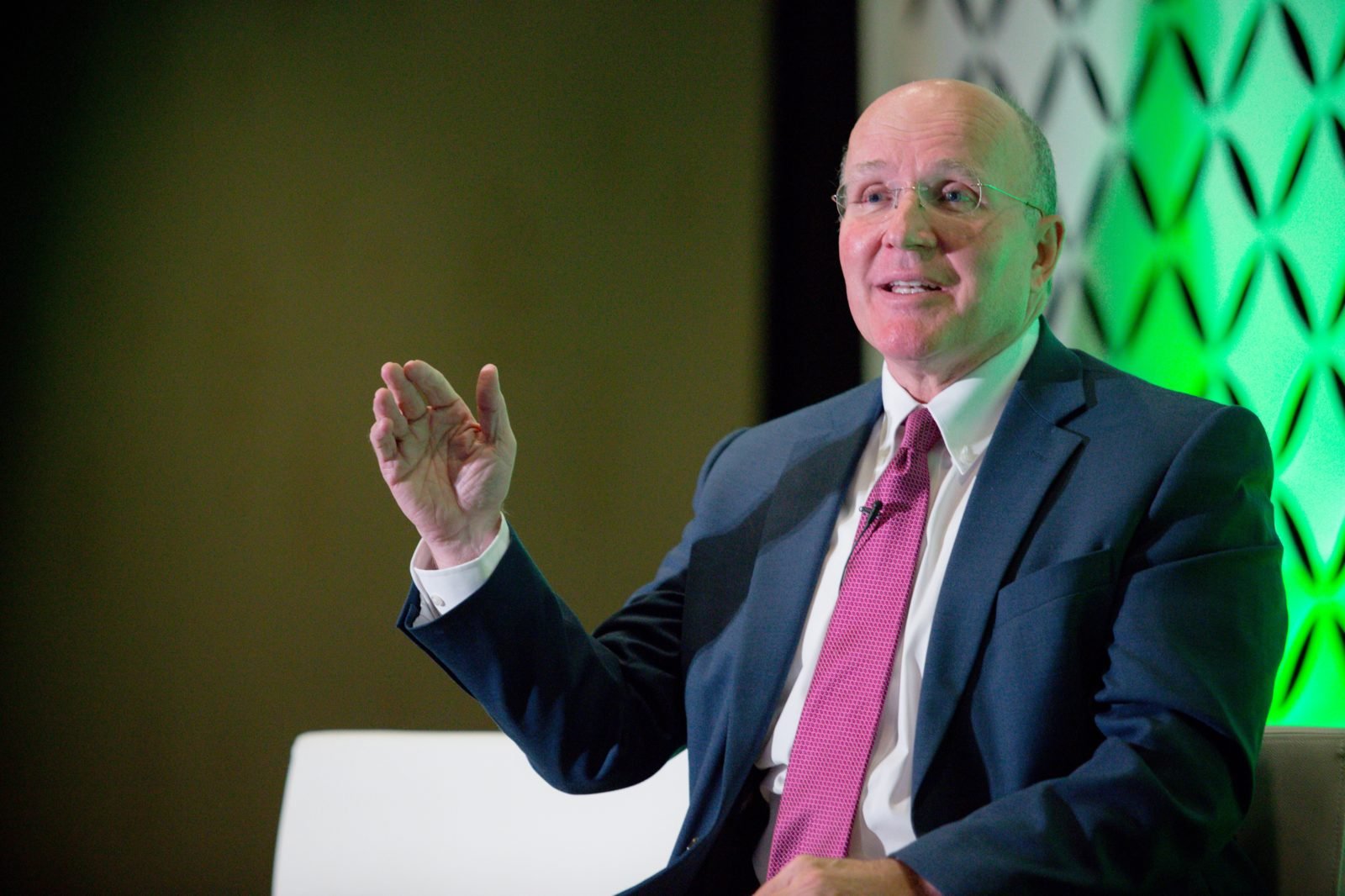The economic and ethical responsibility of a business is to serve others, and increase the wealth of its customers. The business world instills, and requires, the practice of a number of virtues: diligence, industriousness, prudence in risk taking, reliability, kindness to strangers (customers), and fidelity in personal relationships. Are not these the same virtues parents try to teach their children? As Michael Novak explains in Business as a Calling:
My general position on these three questions has two parts. First, business is a morally serious enterprise, in which it is possible to act either immorally or morally. Second, by its own internal logic and inherent moral drive, business requires moral conduct; and, not always, but with high probability, violations of this logic lead to personal and business disgrace. Immoral acts do occur in business. But to behave immorally is neither necessary to nor conducive to business success (Novak, 1996: 8-9).
These men [industrial barons] did more than make money; calling them “money-makers” trivializes what they accomplished. Nor does the word greed capture their state of soul. “Greed” does not explain why Andrew Carnegie gave virtually all his money away. Instead, he poured [profits] back into his firm as an investment in its future. In other words, he put it at risk. “Greed” is for the impoverished socialist imagination a term of art; its purpose is neither descriptive nor analytical. Its purpose is moral denunciation, for ideological reasons (Ibid: 75).
The Seven Internal and External Responsibilities
The moral case for capitalism needs to be made, and fortunately it has been. Nonetheless, most popular culture and institutions, from movies and television shows to research organizations and universities, villainize businesspeople and business firms, endlessly portraying them as power-hungry, stop-at-nothing-to-get-ahead, ruthless members of society. This view is pernicious, not to mention entirely out of touch with how the world works. A business, in its essence, is a moral institution because it requires moral conduct to succeed in the long run. As Novak explains:
It may help to divide these responsibilities into two different sets. The second set will easily be recognized as “ethics,” since the source of their authority comes from outside business––from religious conviction, moral traditions, humane principles, and human rights commitments.
The first set [Internal Responsibilities] consists of the moral requirements necessary for business success. One way to see that they are ethical is to ask yourself what happens when they are violated (Novak, 1996: 135).
Seven Internal Responsibilities:
1) To satisfy customers with goods and services of real value. Like other acts of freedom, launching a new business is in the beginning an act of faith; one has to trust one’s instincts and one’s vision and hope that these are well enough grounded to build success. It is the customers who, in the end, decide.
2) Make a reasonable return on the funds entrusted to the business corporation by its investors. Is it moral to lose other people’s money?
3) To create new wealth. This is no small responsibility. If the business corporation does not meet this, who else in society will?
4) To create new jobs. You cannot create employees without creating employers.
5) To defeat envy through generating upward mobility and putting empirical ground under the conviction that hard work and talent are fairly rewarded. The founders of the American republic recognized that most other republics in history had failed and that the reason they failed was envy: the envy of one faction for another, one family for another, one clan for another, or of the poor toward the rich. ...The best way to conquer this is to generate economic growth through as many diverse industries and economic initiatives as possible, so that every family has the realistic possibility of seeing its economic condition improve within the next three or four years. Poor families do not ask for paradise, but they do want to see tangible signs of improvement over time. When such horizons are open, people do not compare their condition with that of their neighbors; rather, they compare their own position today with where they hope to be in three or four years. They give no ground to envy. ...Only then can people see that hard work, goodwill, ingenuity, and talent pay off. When people lose their faith in this possibility, cynicism soon follows.
6) To promote invention, ingenuity, and in general, “progress in the arts and useful sciences” (Article I, Section 8, U.S. Constitution). All wealth comes from intellectual capital and the human mind, or caput, Latin for head. The great social matrix of such invention, discovery and ingenuity is the business corporation.
7) To diversify the interests of the republic. Crucial to preventing the tyranny of the majority. The interests of road builders are not those of canal builders, or of builders of railroads, or of airline companies. The sheer dynamism of economic invention makes far less probable the coalescing of a simple majority, which could act as a tyrant to minorities. The economic interests of some citizens are, in an important sense, at cross-purposes with the economic interests of others, and this is crucial to preventing the tyranny of a majority (Ibid: 138-45).
Seven Responsibilities from Outside Business:
To establish within the firm a sense of community and respect for the dignity of persons.
To protect the political soil of liberty.
To exemplify respect for law.
Social justice. To be good citizens of the community. Like other forms of justice and love, social justice begins at home.
To communicate often and fully with their investors, shareholders, pensioners, customers, and employees.
To contribute to making its own habitat, the surrounding society, a better place.
To protect the moral ecology of freedom (Ibid: 146-51).















